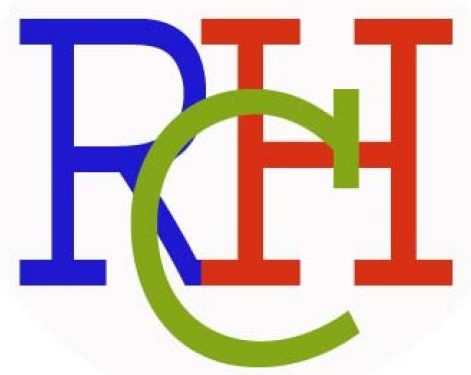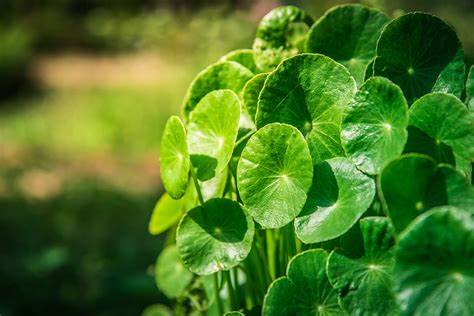Gotu Kola (Centella asiatica) Health Benefits and Herbal Uses

Centella asiatica, also known as Indian pennywort, Asiatic pennywort, spadeleaf, coinwort, or gotu kola, is a herbaceous perennial plant in the Apiaceae family of flowering plants. It is native to tropical regions in Africa, Asia, Australia, and islands in the western Pacific Ocean. This plant is widely used as a culinary vegetable and in traditional medicine.
Medicinal Benefits of Gotu kola (Centella asiatica)
Certainly! Gotu kola (also known as Centella asiatica) is a remarkable medicinal herb with a rich history of traditional use in various cultures. Let’s explore its health benefits:
- Cognitive Enhancement:
- Gotu kola may enhance cognitive function and memory. A 2016 study found that gotu kola extract was effective in improving overall cognition, especially the memory domain, after a stroke. It’s considered a potential treatment for Alzheimer’s disease, although more research is needed.
- Dosage: Take 750 to 1,000 mg of gotu kola per day for up to 14 days at a time.
- Alzheimer’s Disease:
- Gotu kola has shown promise in treating Alzheimer’s disease. Lab and animal studies indicate that it can protect brain cells from toxicity and potentially prevent plaque formation associated with Alzheimer’s.
- Dosage: Take 30 to 60 drops of liquid gotu kola extract 3 times per day.
- Anxiety and Stress Reduction:
- Gotu kola has an anti-anxiety effect. In a 2016 study, it reduced anxiety-induced behavior in sleep-deprived mice. While more research is needed, it shows promise in relieving stress and anxiety.
- Varicose Veins and Venous Insufficiency:
- Gotu kola can be used to treat varicose veins and venous insufficiency. Participants who took gotu kola supplements showed improvements in vein health, it reduces inflammation and pain.
- Skin Health and Wound Healing:
- Gotu kola creams or ointments may prevent scarring, aid in wound healing, and help with conditions like psoriasis. It’s also used to reduce stretch marks during pregnancy.
Remember that while gotu kola has promising benefits, further research is needed to fully understand its effects and safety. Always consult with a healthcare professional before adding herbal supplements to your routine.
The Chemical Composition of Gotu Kola (Centella asiatica)
Gotu Kola (Centella asiatica) is known for its rich chemical composition, which contributes to its medicinal properties. Here’s a detailed look at its chemical constituents:
- Triterpenoids: These are the main active compounds in Gotu Kola, including:
- Asiaticoside: Known for its wound healing and skin repair properties.
- Madecassoside: It has anti-inflammatory and antioxidant effects.
- Asiatic Acid: Contributes to the plant’s anti-inflammatory and wound healing abilities.
- Madecassic Acid: Also known as brahmic acid, it has similar properties to asiatic acid.
- Phenolic Compounds: These include:
- Kaempferol: A flavonoid with antioxidant properties.
- Quercetin: Known for its anti-inflammatory and antioxidant effects.
- Amino Acids: Such as alanine, serine, aspartate, and glutamate, are building blocks of proteins.
- Carbohydrates: Like glucose and mesoinositol, they provide energy and have various health benefits.
- Other Compounds: Gotu Kola also contains:
- Centellose: A carbohydrate component.
- Centelloside: A saponin that may contribute to the plant’s medicinal effects.
- Brahmoside: Another saponin with potential health benefits.
The combination of these compounds gives Gotu Kola its diverse pharmacological activities, including neuroprotective, wound healing, anti-venous insufficiency, and anti-diabetic activities. It’s important to note that while these compounds have been identified, their exact roles and synergistic effects in human health are still being researched.
Remember to consult with a healthcare professional before using Gotu Kola or any other herbal supplements, especially if you have existing health conditions or are taking other medications.

